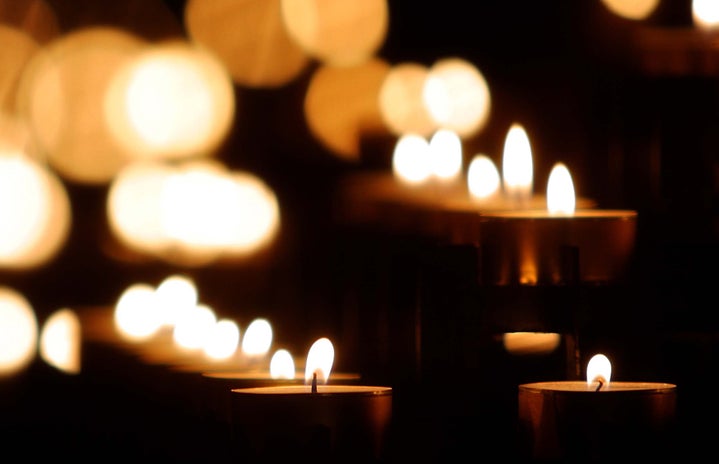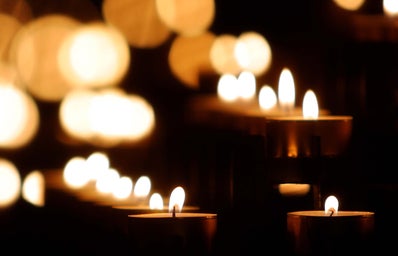As some may know, Hispanic Heritage Month spans from September 15-October 15. Why does Hispanic Heritage Month start in the middle of the month? That’s because the 15 of September is the anniversary of independence for 5 Hispanic countries: Costa Rica, El Salvador, Guatemala, Honduras and Nicaragua. As an added bonus, Mexican Independence Day follows on the 16 of September.
Now there is A LOT of culture, tradition, and history that is relevant to Hispanic Heritage, but I’d like to take a moment to discuss one popular tradition that I’m sure many have heard of, but may not fully understand. Of course, I’m referring to El Día de los Muertos or The Day of the Dead.
Think of this as an unofficial “for dummies” guide on the annual celebration. It certainly won’t cover every aspect of the tradition, but it should give you the gist and familiarize some common terms.
When is it? Who celebrates?
El Día de los Muertos is celebrated every year on the 1st and 2nd of November. This holiday is predominantly celebrated in Mexico but is also observed in countries such as Bolivia, Peru, Ecuador, and Guatemala. It primarily originated in Mexico, but it has spread to other countries and in places with large Latino (Hispanic) populations.
What is it?
It’s an annual celebration of life, death, and a time to remember those we have lost. It was founded on the belief that for two nights (November 1st and 2nd), the spirits of our loved ones return home to celebrate and spend time with family. As a way of honoring and guiding the spirits home, we build alters and offer gifts dedicated to them.
What’s on an altar?
An altar, also called an ofrenda or altar de muertos, is built inside a family’s home and the items will vary depending on the individual(s) it’s honoring and the country or region they’re from. That said, some common items include:
Photographs- Photos of departed loved ones are added to the ofrenda as a way of dedicating the offering to them.
Candles- Which guide the souls of the dead to the home and alter
Papel Picado– Tissue paper cutouts
Sugar Skulls- Decorated skulls made of sugar paste, sometimes with the names of the dead. These skulls can symbolize loved ones who’ve died.
Marigold Flowers- Usually yellow or orange, marigolds were the symbolic flower of death for the Aztecs. These flowers can be real or made out of tissue paper.
Water- Glasses of water are included to “quench the thirst of the souls after their long journey”
Incense- Help to keep the bad spirits away
Pan de Muerto– A sweet bread, typically flavored with orange and made specifically for el Día de los Muertos. It symbolizes the family’s generosity and the Earth’s gifts.
Food/Items- Typically an offering will also include a loved one’s favorite food or dishes and some items that signify their life and how they are remembered.
Is that all there is to it?
NO, absolutely not, but now you can claim to have a foundational understanding of this beloved holiday. Also, if you haven’t already, I’d highly recommend watching movies like The Book of Life or Coco which bring to life these celebrations in a way that even children can understand and enjoy!

